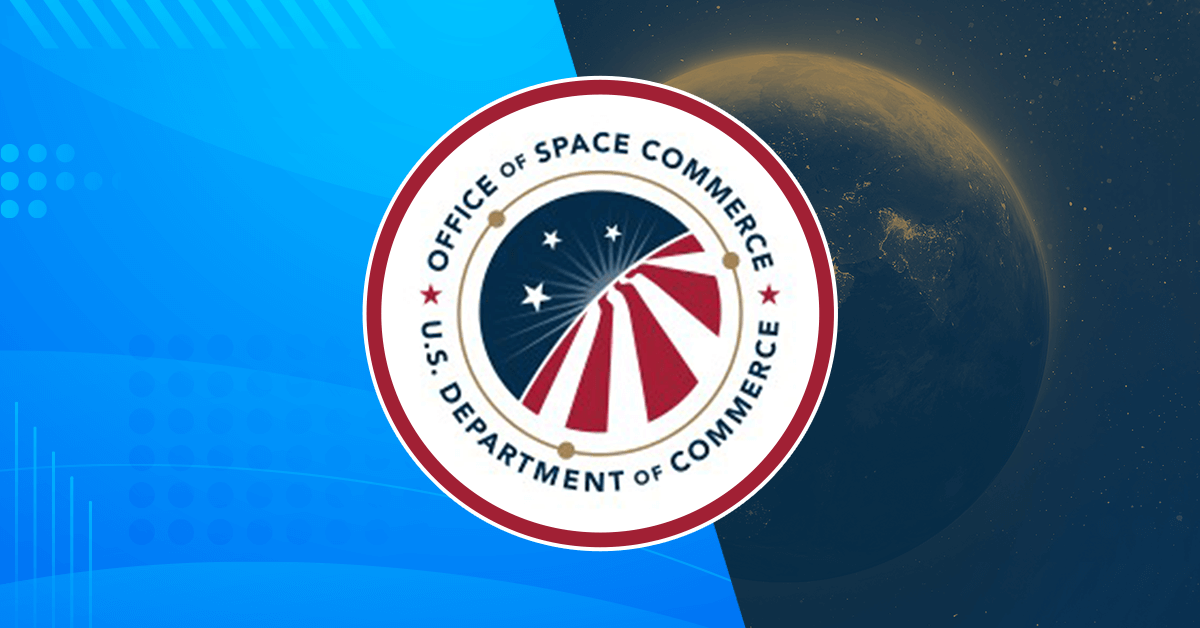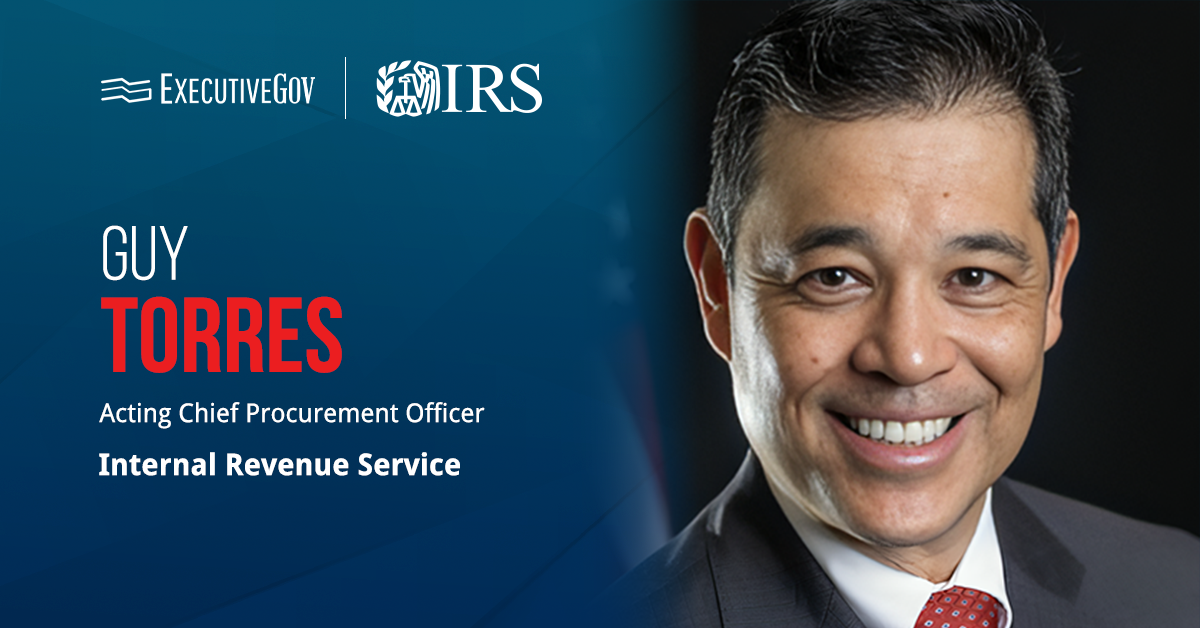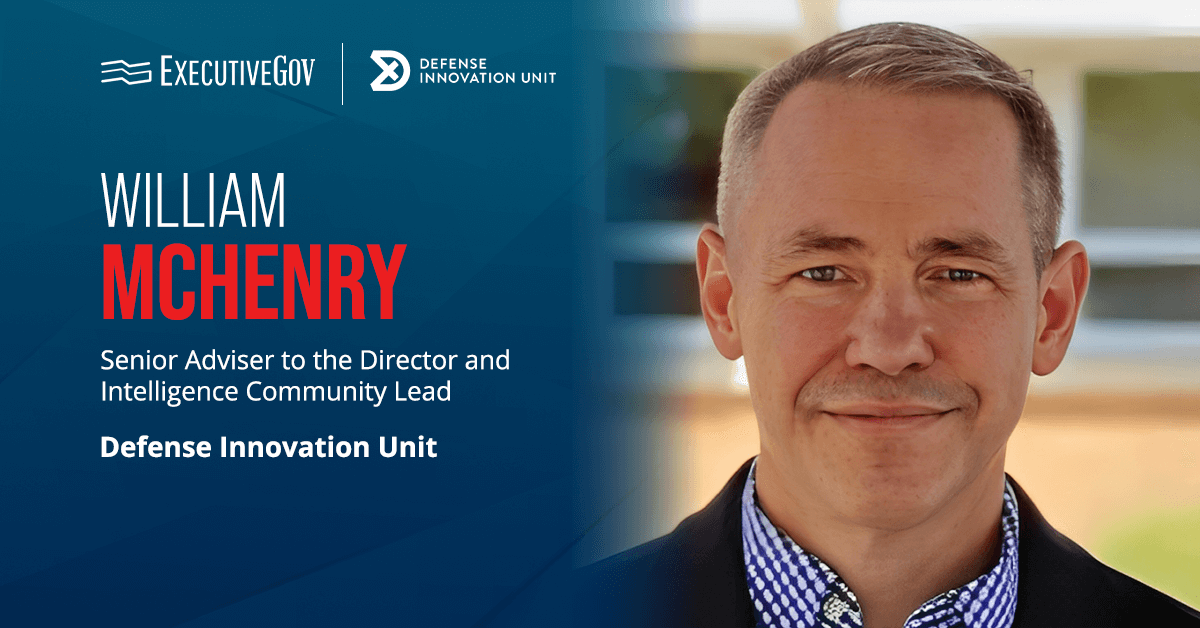Johns Hopkins Applied Physics Laboratory, or APL, is integrating large language models to enhance the impact of wargaming and similar exercises in the U.S. military. The lab said Monday that artificial intelligence can automate much of the work that goes toward developing and running wargames.
Table of Contents
What Is the Importance of Wargaming?
Wargames are critical to the U.S. military’s training strategy. The games simulate real-world scenarios, allowing commanders to analyze and improve skills and capabilities at the tactical, operational and strategic levels.
Wargames, tabletop exercises and similar activities theoretically result in warfighters and military personnel that are well-equipped to carry out their respective missions.
How AI Can Enhance Wargames
APL is integrating generative AI into the Advanced Framework for Simulation, Integration and Modeling, or AFSIM, one of the most commonly used tools in the military and the broader defense community to simulate multi-domain conflicts.
According to the lab, combining modeling and simulation with AI can significantly reduce the time needed to plan and execute wargames from several months to just a few days.
“Senior leaders in the Department of Defense have been seeking something like this for more than a decade, and I think we are finally at the point where the demand signal and the technology are in alignment,” commented Andrew Mara, head of APL’s National Security Analysis Department. “Pair that with an outstanding team here at APL and I think we have a chance to change the very nature of wargaming in the national security community.”
APL will continue to explore the potentials of AI in wargaming. Efforts are ongoing to make the advantages of wargaming readily available to decision-makers.
“Our long-term vision is to create a tool that allows decision-makers at many different levels to arrive at the kind of insights that come from wargaming in a form that lives on their personal computers and allows them to run a lot of repetitions in a short period of time, instead of a full-blown exercise that takes months of planning,” shared Kevin Mather, an analyst from NSAD.












